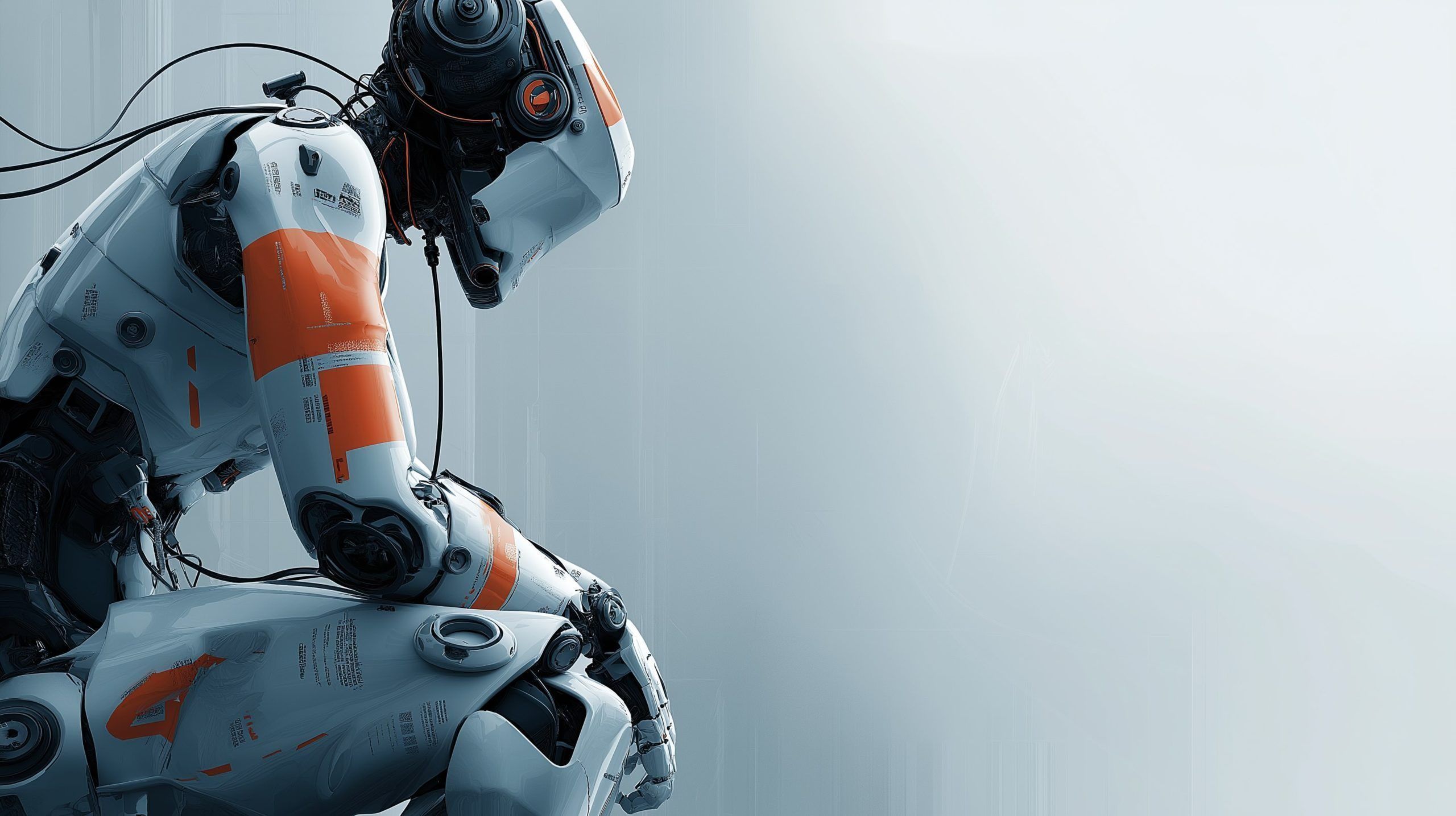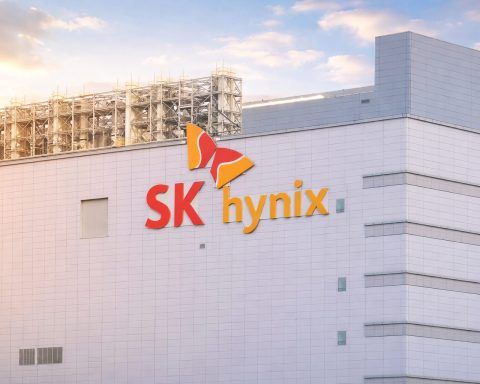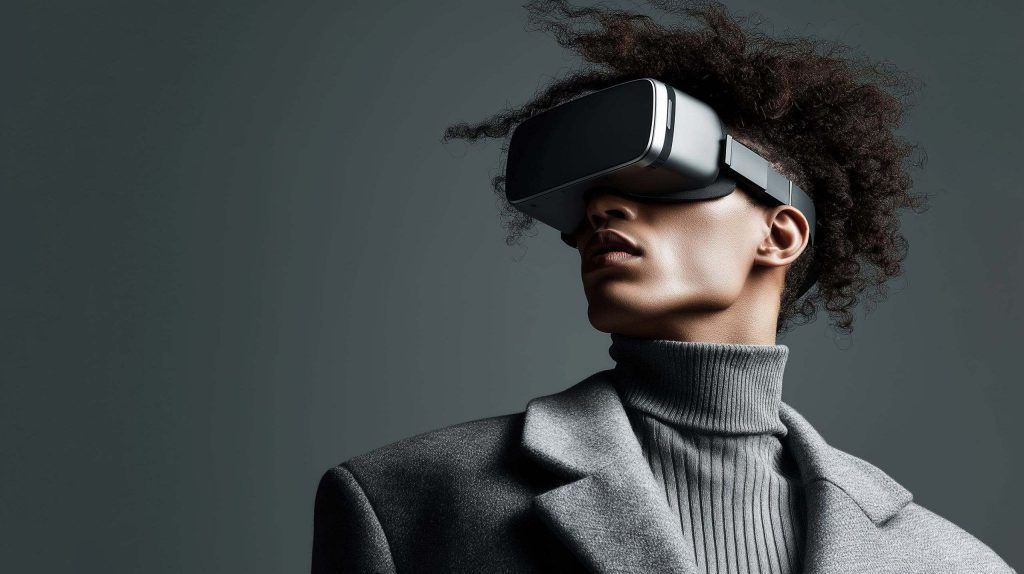- The White House unveiled an AI Action Plan to cement U.S. leadership in artificial intelligence and robotics, including open-source models and reduced regulatory red tape.
- The plan proposed punishing states with burdensome AI regulations by cutting their federal tech funding.
- AI advisor David Sacks stressed that the U.S. must win the AI race through innovation, infrastructure, and global partnerships while prioritizing American workers and avoiding Orwellian uses.
- Taiwan launched a $510 billion initiative to boost its AI and robotics sectors, aiming to generate $510 billion in value by 2040 and to implement the Ten Major AI Infrastructure Projects.
- Hangzhou-based Unitree Robotics began prepping for an IPO to tap investor interest in humanoid robots, leveraging China’s manufacturing base and open-source AI.
- Pudu Robotics unveiled the PUDU T600 series on July 24, a heavy-payload autonomous mobile robot capable of 600 kg loads, with a standard version and a low-profile Underride chassis.
- Seegrid announced support for the VDA5050 interoperability standard for autonomous mobile robots, enabling mixed-brand fleets on the factory floor.
- Richtech Robotics’ humanoid bartender robot “Adam” was showcased at a U.S. Space Force anniversary gala on July 24, highlighting AI-driven hospitality robots.
- Tennibot began shipping “The Partner,” an AI tennis ball machine that can deliver 70 mph serves and is priced at $2,195.
- MIT CSAIL researchers unveiled Neural Jacobian Fields (NJF), a control method that lets robots learn limb movement by vision without joint sensors, giving rise to bodily self-awareness.
U.S. Policy: White House Pushes AI & Robotics Dominance
In Washington, the Trump administration unveiled a sweeping AI Action Plan aimed at cementing U.S. leadership in artificial intelligence and robotics Reuters. The plan calls for “open-source” AI models to be freely available and vows to “remove red tape” that hinders innovation Reuters Gettysburgconnection. It even proposes punishing U.S. states with “burdensome AI regulations” by cutting their federal tech funding Reuters. “To win the AI race, the U.S. must lead in innovation, infrastructure, and global partnerships,” said AI advisor David Sacks, emphasizing a focus on American workers while avoiding “Orwellian” uses of AI Gettysburgconnection. The White House’s aggressive stance underscores a national drive for “global dominance” in AI and automation Reuters, streamlining data-center permits and fast-tracking AI adoption across government and industry.
Asia’s Ambitions: Taiwan’s $510 Billion Tech Push and China’s Robotics Rise
Taiwan announced an expansive initiative to supercharge its AI and robotics sectors, aiming to generate $510 billion in economic value by 2040 Reuters Reuters. Premier Cho Jung-tai outlined the “Ten Major AI Infrastructure Projects”, leveraging Taiwan’s semiconductor prowess to become “a global AI influencer and a smart technology island” Reuters. A core focus is on AI-powered robotics, with industry alliances (backed by firms like Foxconn) being formed to boost domestic robot development Reuters. In China, meanwhile, robotics firms are accelerating: Unitree Robotics – known for its viral humanoid and quadruped robots – has begun prepping for an IPO to tap investor fervor for humanoid robots Reuters. The Hangzhou-based company is leveraging China’s robust manufacturing base and open-source AI advances to lead this frontier industry Reuters. Unitree’s expressive humanoids have already become social media sensations, “blurring the lines between human and humanoid” in pop culture Laotiantimes. These parallel moves across Asia highlight a global race to dominate next-gen robotics, from national policy down to individual companies.
Industrial Automation: New Robots Tackle Heavy Lifting
Several major launches in the industrial robotics arena promise to boost automation in factories and warehouses. In Shenzhen, Pudu Robotics – a leader in service robots – unveiled its new PUDU T600 series on July 24 Laotiantimes. This next-generation line of autonomous mobile robots is purpose-built for heavy-payload logistics, capable of ferrying 600 kg loads and navigating complex warehouses on its own Laotiantimes Laotiantimes. The dual-version T600 (standard and low-profile “Underride” chassis) can even slip under shelves and interface with elevators for multi-floor operations Laotiantimes Laotiantimes. Pudu’s goal is to “redefine heavy-payload industrial delivery” by improving throughput and labor flexibility in fast-paced production settings Laotiantimes Laotiantimes. In the U.S., Pittsburgh-based Seegrid announced it will support the new VDA5050 interoperability standard for autonomous mobile robots Roboticsandautomationnews Roboticsandautomationnews. The standard lets robots from different makers communicate, enabling mixed fleets on the factory floor. “Interoperability is an essential contributor to successful autonomy, and we’re excited to help lead this important industry shift,” said Seegrid CTO Tom Panzarella Roboticsandautomationnews. By embracing open standards, companies like Seegrid aim to future-proof automation and allow robots from various brands to work in unison Roboticsandautomationnews Roboticsandautomationnews – a key step as robotics deployments scale up.
Commercial Sector: Robots Entertain, Serve – and Even Play Sports
Robots made waves in consumer and service sectors as well. Unitree’s humanoid robots continued their pop-culture breakout – one nicknamed “Jake the Rizzbot” drew crowds in Austin with its smooth dance moves and Gen-Z slang Laotiantimes. The Chinese firm’s friendly androids, often dressed in costumes, showcase how robots can engage and entertain the public, even boxing in livestreamed matches to demonstrate their agility Laotiantimes Laotiantimes. In the U.S., Richtech Robotics’ humanoid bartender robot “Adam” was featured at a U.S. Space Force anniversary gala on July 24, serving cosmic cocktails to VIPs and highlighting the growing role of AI-driven robots in hospitality Roboticsandautomationnews Roboticsandautomationnews. On the sports front, Alabama startup Tennibot began shipping “The Partner,” billed as the first-ever AI tennis ball machine that “plays like a human” Roboticsandautomationnews. Unlike traditional ball launchers, this autonomous machine moves around the court, tracks the player, and adjusts shots in real time. “The Partner doesn’t just fire balls – it learns from you, adapts to you, and makes practice feel like match play,” said Tennibot CEO Haitham Eletrabi Roboticsandautomationnews. Fresh off the excitement of Wimbledon, this smart robot hitting partner can deliver 70 mph serves, follow players around, and even halt for safety if someone gets too close Roboticsandautomationnews Roboticsandautomationnews. Its debut at a special $2,195 price point has tennis enthusiasts buzzing, as it brings advanced computer vision and machine learning to backyard training Roboticsandautomationnews Roboticsandautomationnews. From theme parks to sports clubs, robots are rapidly moving into mainstream consumer life – not just as novelties, but as interactive performers and helpers.
Academic & Research Advances: Smarter, More Self-Aware Robots
Breakthroughs in academia this week indicate how far robotics intelligence has come. Researchers at MIT’s CSAILunveiled a novel control method giving robots a rudimentary form of self-awareness about their bodies Roboticsandautomationnews. The system, called “Neural Jacobian Fields (NJF)”, lets a robot learn how its limbs move just by watching itself with a camera – no joint sensors or pre-programmed model needed Roboticsandautomationnews Roboticsandautomationnews. “This work points to a shift from programming robots to teaching robots,” explains lead author Sizhe “Lester” Li, noting that instead of engineers hand-coding every motion, the robot teaches itself through trial and error Roboticsandautomationnews. In experiments, soft robotic hands and arms used NJF to accurately model their shape and response to motor commands purely via vision and AI, achieving “bodily self-awareness” that could make future robots far more adaptable Roboticsandautomationnews Roboticsandautomationnews. Such advances hint at a future where robots calibrate themselves on the fly and learn new tasks by observing, much like humans do. Elsewhere, robotics researchers are also pushing boundaries – from autonomous surgical robots operating with superhuman precision, to bio-inspired “robotic skins” that feel heat and pressure. Each new discovery in labs and universities bolsters the foundation for next-generation robots that are safer, smarter, and better at working alongside people.
Key Takeaways and Implications
In just two days, the global robotics landscape saw significant developments across policy, industry, academia, and culture. Governments are crafting bold strategies to outpace rivals in AI and automation Reuters Reuters, pouring billions into infrastructure and setting favorable rules for growth. Leading tech firms are launching robots that handle heavier loads and collaborate more easily, signaling automation’s deeper push into manufacturing and logistics Laotiantimes Roboticsandautomationnews. Startups and innovators are bringing robots into daily life – whether shaking up sports training or spicing up entertainment – showing how human-robot interaction is entering a new era Roboticsandautomationnews Laotiantimes. Meanwhile, breakthroughs in research are tackling long-standing challenges, making robots more autonomous, perceptive, and versatile than ever before Roboticsandautomationnews Roboticsandautomationnews. The convergence of these trends over July 23–24, 2025 highlights an inflection point: robotics and automation are not only advancing technologically but also becoming enmeshed in our economies, policies, and day-to-day experiences. Each news item – from a presidential plan to a tennis robot – underscores the growing importance of robotics in shaping the future, and why experts say we are entering a “robotics revolution” that promises to transform industries and society in profound ways.
Sources: Global news reports and press releases from July 23–24, 2025, including Reuters Reuters Reuters, company announcements Laotiantimes Roboticsandautomationnews, and academic press coverage Roboticsandautomationnews. All statements and claims are backed by the cited sources for verification.




